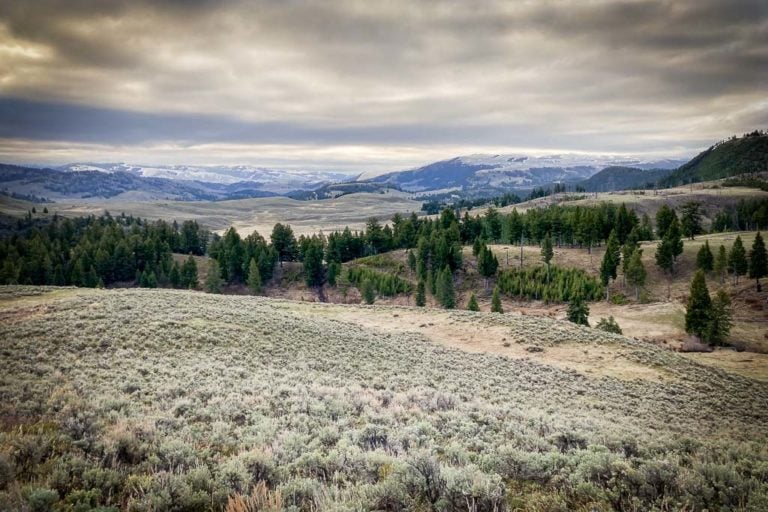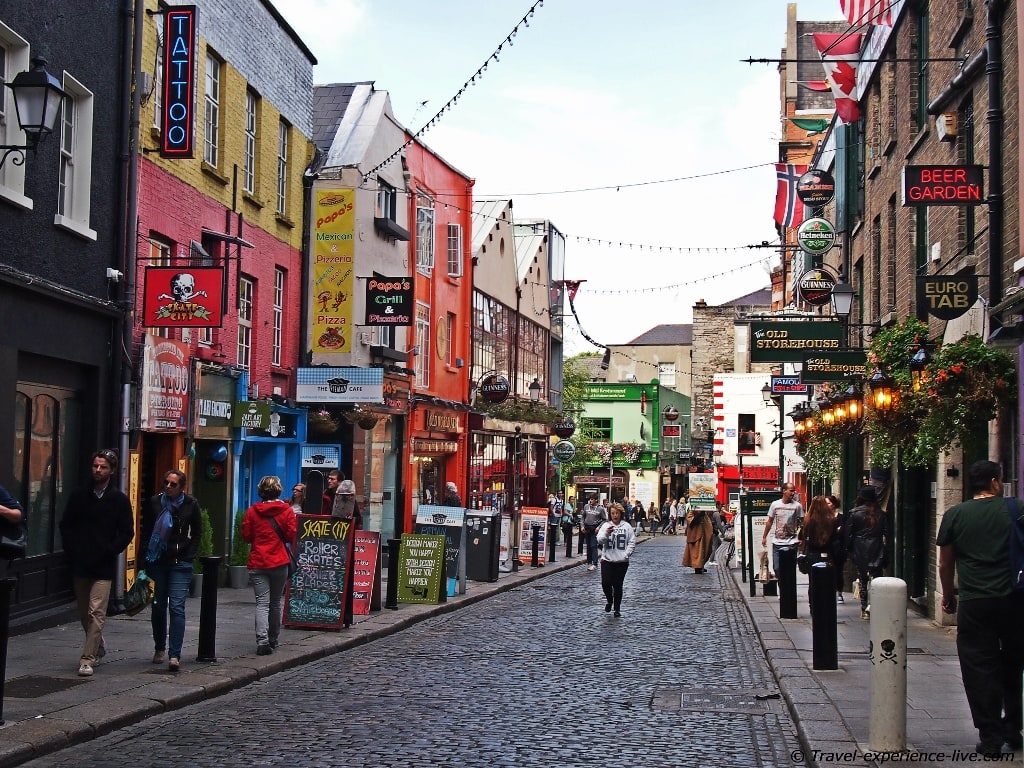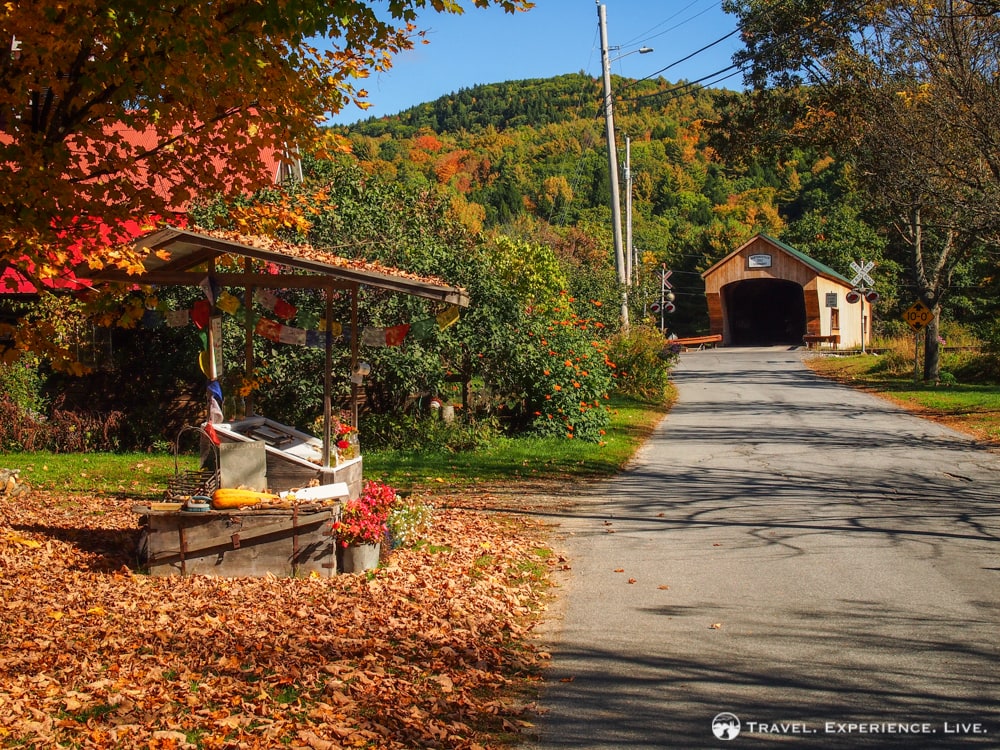Irresponsible Visitor Behavior Results in Euthanization of Food-Conditioned Black Bear in Glacier National Park
This news story about the euthanization of a food-conditioned black in Glacier National Park was adapted from a September 2 National Park Service press release. You can read the original release here.
A food-conditioned black bear was euthanized by park staff at Many Glacier on September 2, the National Park Service said in a press release.
The bear had searched for, obtained and consumed human food. It displayed behavior that jeopardized human safety, which is likely the result of recklessness and carelessness of previous park visitors. This is another reminder to visit the national parks responsibly, follow guidelines and clean up after yourself.
Many Glacier Campground recently restricted campers to hard-sided vehicles due to the presence of the bear. The campground is now open to all camper types again, including tents.
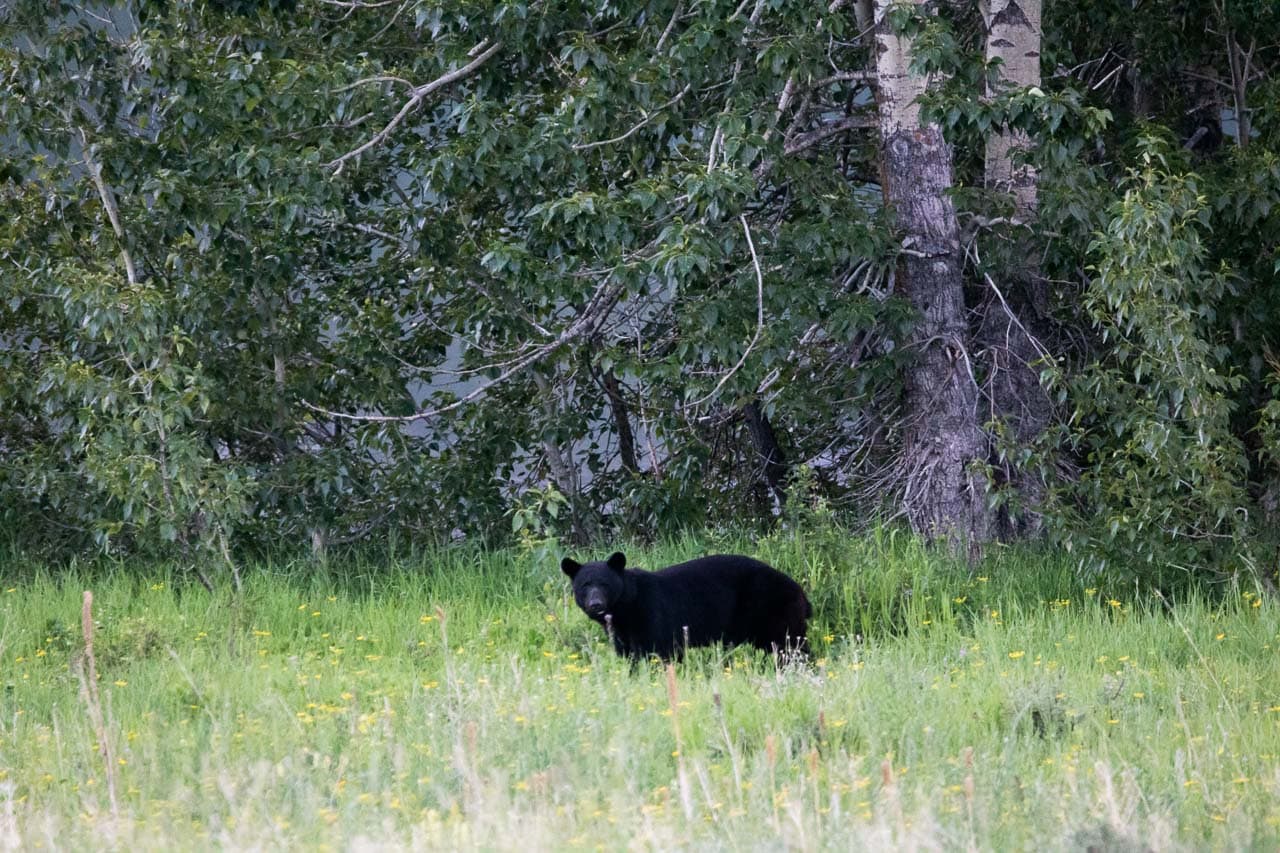
Food-Conditioned Black Bear Euthanized in Glacier National Park
On Saturday, August 28, the black bear was reported moving through the popular Many Glacier Campground on the east side of Glacier National Park. It was not readily responsive to attempts to move it out of campsites.
The bear returned to the campground the following day, Sunday, August 29. The animal was seen grabbing apples out of an open truck while visitors were packing their vehicle nearby.
It proceeded to eat the apples at the campsite, showing little fear of humans.
Park staff then tried to verbally haze the bear out of the campground. While being hazed, the bear attempted to stop at another campsite where people were in the process of cooking breakfast. After park staff hazed the bear into the woods, it came back after only half an hour.
According to the NPS, based on photographs and visitor reports, it’s possible this was the same bear that approached people and exhibited unusual behavior near Grinnell Lake last week. Those events resulted in the closing of the Grinnell Lake trail on August 25.
Park researchers will test and compare DNA samples collected from both sites—Grinnell Lake and the Many Glacier Campground—to determine if the same animal was involved in both incidents.
On Wednesday, September 1, the adult female bear was trapped in a culvert trap near the Many Glacier housing area.
In accordance with Glacier National Park’s Bear Management Plan, and in consultation with park wildlife biologists, the bear was euthanized.
The bear was estimated to be around four-years old and approximately 120 pounds. A field necropsy revealed that it was in otherwise healthy condition.
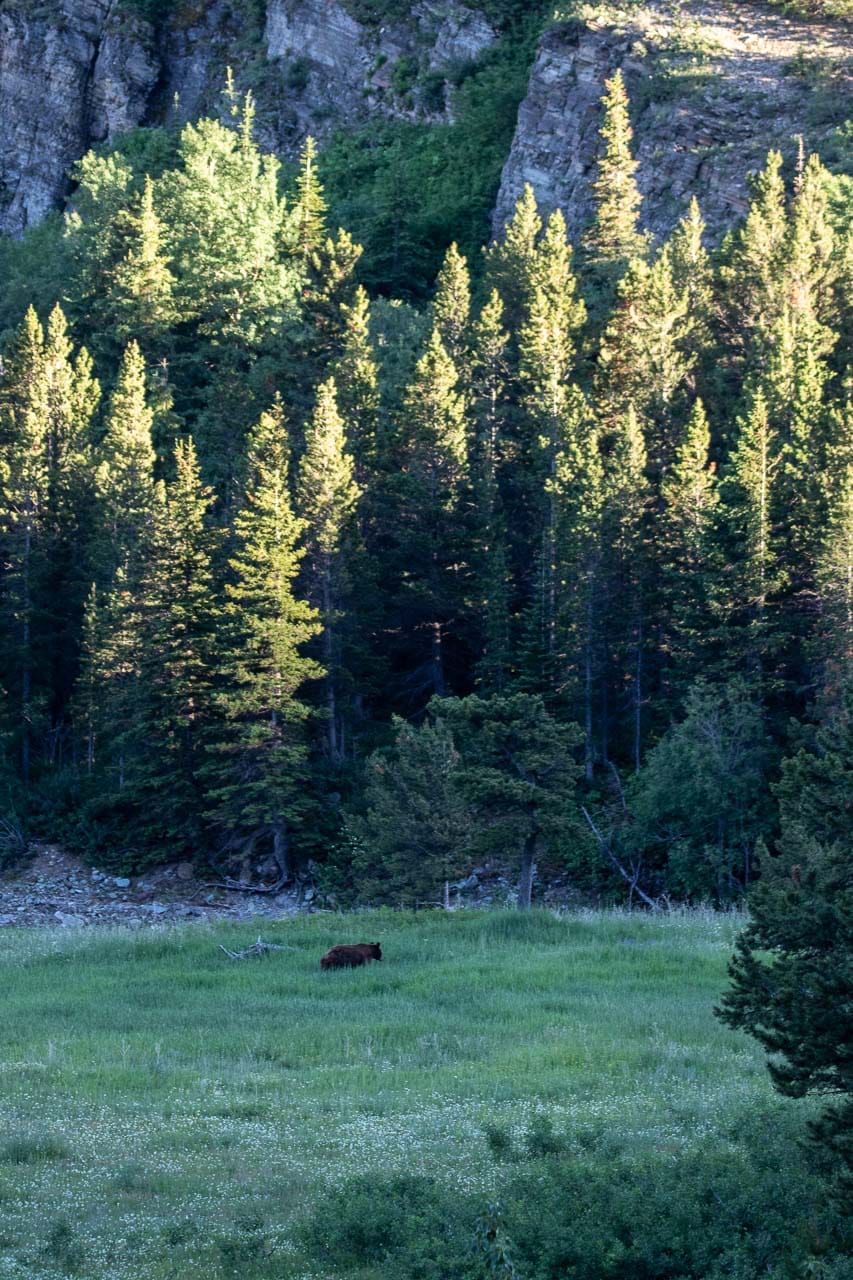
Why Food-Conditioned Bears Are Removed From National Parks
Food-conditioned bears are those that have sought and obtained non-natural foods, destroyed property, or displayed aggressive, non-defensive behavior towards humans. They are usually removed from the wild.
Given this bear’s behavior and successful acquisition of human foods, park management made the decision to remove the animal from the park.
Once a bear has become food-conditioned, hazing and aversive conditioning are unlikely to be successful in reversing this type of behavior, as was clear in this case. Food-conditioned bears are not relocated due to human safety concerns.
Additionally, black bears aren’t good candidates for animal capture facilities, such as zoos and animal parks, due to the abundance of the species throughout the United States.
In fact, black bears are so widespread that their total population is “more than twice that of all other species of bears combined”, according to the International Union for Conservation of Nature (IUCN).
This incident shows, once again, how important it is to visit national parks responsibly and to follow guidelines. “A fed bear is a dead bear.”
“A Fed Bear Is a Dead Bear”
Of course, this was by no means the bear’s fault and yet she paid the ultimate price. It is us, however, the people who visit these places, who can ensure that this does not have to happen again.
Please treat the parks as the wild places that they are. You could literally save an animal’s life, probably the very animal you came to see in the first place.
So, pack it in, pack it out, keep a clean campsite and picnic area, dispose of trash properly,… It really isn’t that difficult to be a responsible, mindful park visitor.
Local residents and businesses located in and around the park should also secure all types of non-natural food sources. This includes everything from garbage and livestock feed to pet food, bird seed and hummingbird feeders.
If you see a bear along the road, please do not stop. Stopping and watching roadside bears will likely start a “bear jam” as other motorists follow your lead.
“Bear jams” are hazardous to both people and bears as they limit visibility, restrict the movement of the bear, and have the potential to increase the likelihood of the bear approaching cars and people in the future. Report all bear sightings to the nearest ranger.
Glacier National Park is home to both black and grizzly bears. Hikers are highly encouraged to hike in groups, make noise when hiking, and have bear spray accessible and know how to use it.
For more information about recreating in bear country, you can read the following bear safety guides:



